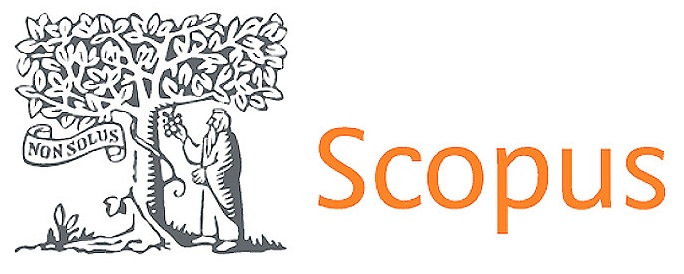Application of the classroom pedagogical project "Gestores de Convivencia y Paz" as a strategy for the formation of a culture of peace in children in the department of La Guajira
DOI:
https://doi.org/10.56294/sctconf2023581Keywords:
Coexistence and Peace, Culture of Peace, Post Conflict, School, Pedagogical Project, Violence, Teachers, Directors, ClassroomsAbstract
The present research project focused on school coexistence and peace and is framed within the line of Quality in early childhood education. Its purpose was to contribute to the formation of a culture of peace through the application of the coexistence and peace managers program for children in the Department of La Guajira. The implementation of recreational activities that allowed to represent magical and pleasant environments was achieved, which allowed the coexistence in harmony, promoting dialogues in the construction of peace and teaching values, which allowed to provide tools that allow these children to resolve conflicts peacefully by promoting dialogue and communication, in the absence of violence.
References
1. Emanuela Vaz, C. (2020). A prevenção primária e o bullying escolar: Perceção dos educadores de infância e dos professores do ensino básico em portugal (p. 1) [Http://purl.org/dc/dcmitype/Text, Universidad de Salamanca]. https://dialnet.unirioja.es/servlet/tesis?codigo=296466
2. Forero Bulla, C. M. (2010). Metodología de la investigación. Revista Docencia Universitaria, 11(1), 169-172.
3. Martínez Genis, C. (2016). Arte, signo y resignificación de la palabra en el movimiento indígena de América Latina: Del movimiento zapatista a la resistencia mapuche [Http://purl.org/dc/dcmitype/Text, Universidad de Granada]. https://dialnet.unirioja.es/servlet/tesis?codigo=56235
Downloads
Published
Issue
Section
License
Copyright (c) 2023 Delio Jacobo Mora Pontiluis, Emerita Sofia Muñoz Estrada, Edibeth Mora Atencio (Author)

This work is licensed under a Creative Commons Attribution 4.0 International License.
The article is distributed under the Creative Commons Attribution 4.0 License. Unless otherwise stated, associated published material is distributed under the same licence.



